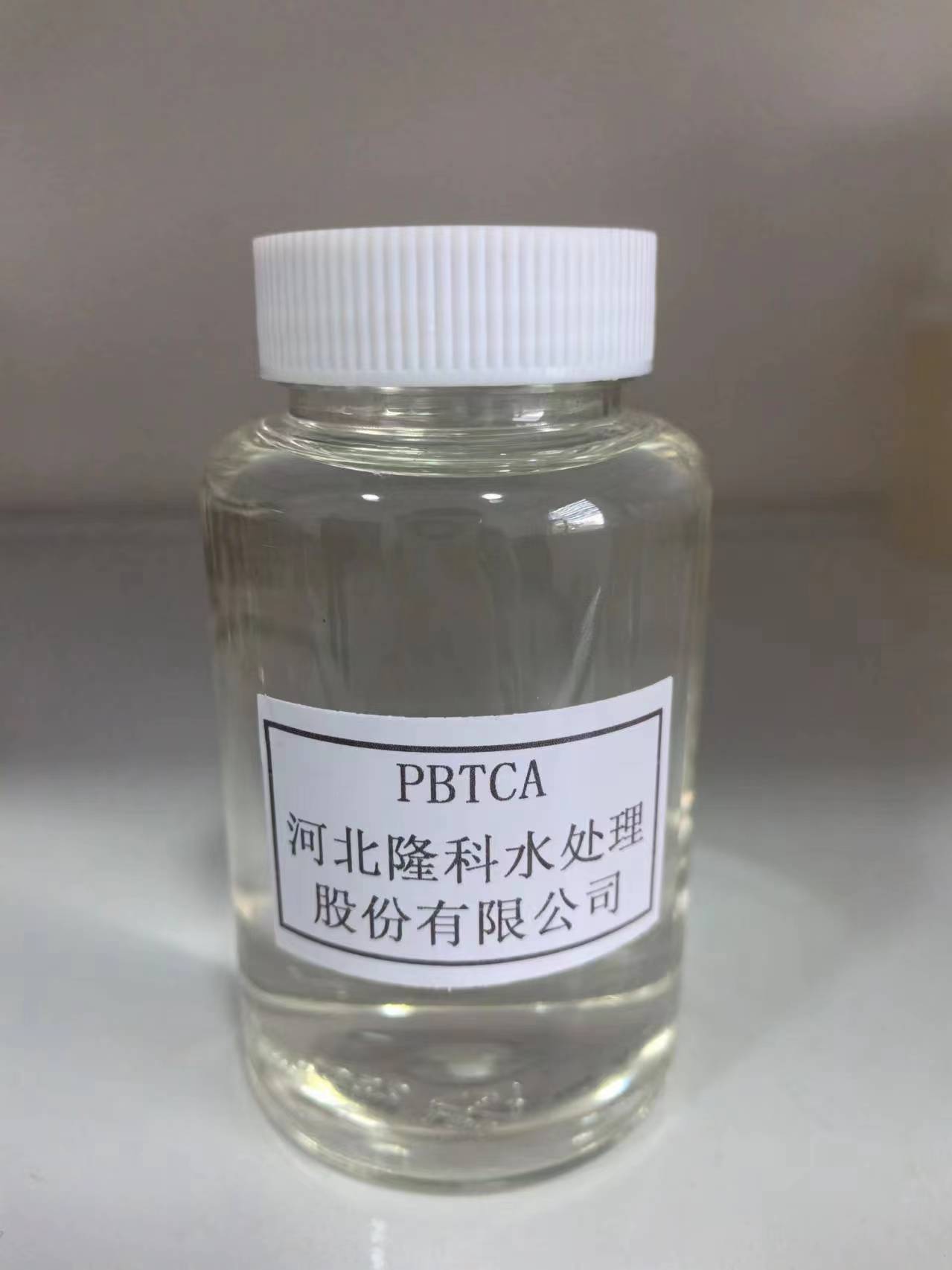poly aluminium chloride in wastewater treatment
The Role of Poly Aluminium Chloride in Wastewater Treatment
In the realm of environmental management, efficient wastewater treatment is a critical concern. Among the myriad of chemical coagulants employed in this process, Poly Aluminium Chloride (PAC) stands out as a widely utilized agent, due to its effectiveness, cost-efficiency, and versatility. This article explores the significance of PAC in wastewater treatment, its properties, mechanisms of action, and the benefits it offers.
Understanding Poly Aluminium Chloride
Poly Aluminium Chloride is a type of inorganic polymer composed of aluminum, oxygen, and chloride ions. It is generally available in liquid or solid form and is characterized by a high charge density, which enhances its coagulation capabilities. PAC is produced through the hydrolysis of aluminum salts in the presence of alkaline substances. As a result, it has a varied polymeric structure that allows it to form complex compounds and effectively bind with impurities in wastewater.
Mechanism of Action
The primary function of PAC in wastewater treatment is to facilitate coagulation and flocculation processes. When PAC is introduced into wastewater, it dissociates to release aluminum ions. These positively charged ions neutralize the negative charges on suspended particles, such as colloids, clay, and organic matter. This neutralization leads to the agglomeration of particles into larger flocs, which can subsequently be removed through sedimentation or filtration.
The efficiency of PAC can be attributed to several factors, including its charge density, molecular weight, and the presence of hydroxyl groups that enhance the interaction with various pollutants
. This combination results in improved settling rates and clearer effluent quality.Benefits of Using PAC
poly aluminium chloride in wastewater treatment

1. Higher Efficiency PAC exhibits a higher coagulation performance compared to traditional coagulants like alum (Aluminum Sulfate), particularly in low-temperature and low-pH conditions. Its superior performance leads to reduced dosing requirements and minimizes sludge production, making it an environmentally friendly alternative.
2. Cost-Effective While the initial cost of PAC may be higher than that of some conventional coagulants, its lower dosage requirement and reduced chemical consumption can lead to significant cost savings in the long run. Additionally, less sludge generation translates into lower disposal costs.
3. Wider pH Range PAC works effectively across a broader pH range (4-8), enabling it to be used in varying wastewater conditions. This versatility makes it a preferred choice for many industries, including municipal wastewater treatment, textile, paper, and food processing.
4. Improved Water Quality Using PAC in wastewater treatment enhances the removal of turbidity, color, and organic materials, resulting in treated water that meets regulatory standards for discharge or reuse. Furthermore, PAC can effectively remove heavy metals, making it suitable for treating industrial effluents.
5. Reduced Octanol-Water Partition Coefficient PAC has lower toxicity and is less likely to bioaccumulate compared to other coagulants. This property not only protects aquatic life but also ensures the safety of treated water when it is released into the environment or reused for various applications.
Conclusion
Poly Aluminium Chloride is a pivotal component in modern wastewater treatment processes. Its unique properties and mechanisms of action enable it to effectively remove pollutants from water, thereby improving overall water quality and ensuring compliance with environmental regulations. With growing concerns regarding water scarcity and pollution, the utilization of PAC and its continued research and development represent significant steps toward more sustainable wastewater management practices. As industries increasingly adopt innovative solutions to address environmental challenges, PAC will likely remain at the forefront of wastewater treatment technologies for years to come.
-
Dodecyldimethylbenzylammonium Chloride: High-Purity DisinfectantNewsAug.30,2025
-
2-Phosphonobutane-1,2,4-Tricarboxylic Acid: Scale & CorrosionNewsAug.29,2025
-
Premium Isothiazolinones | Broad-Spectrum Biocidal SolutionsNewsAug.28,2025
-
LK-319 Special Scale And Corrosion Inhibitor For Steel Plants: Advanced Solutions for Industrial Water SystemsNewsAug.22,2025
-
Flocculant Water Treatment: Essential Chemical Solutions for Purification ProcessesNewsAug.22,2025
-
Isothiazolinones: Versatile Microbial Control Agents for Industrial and Consumer ApplicationsNewsAug.22,2025





